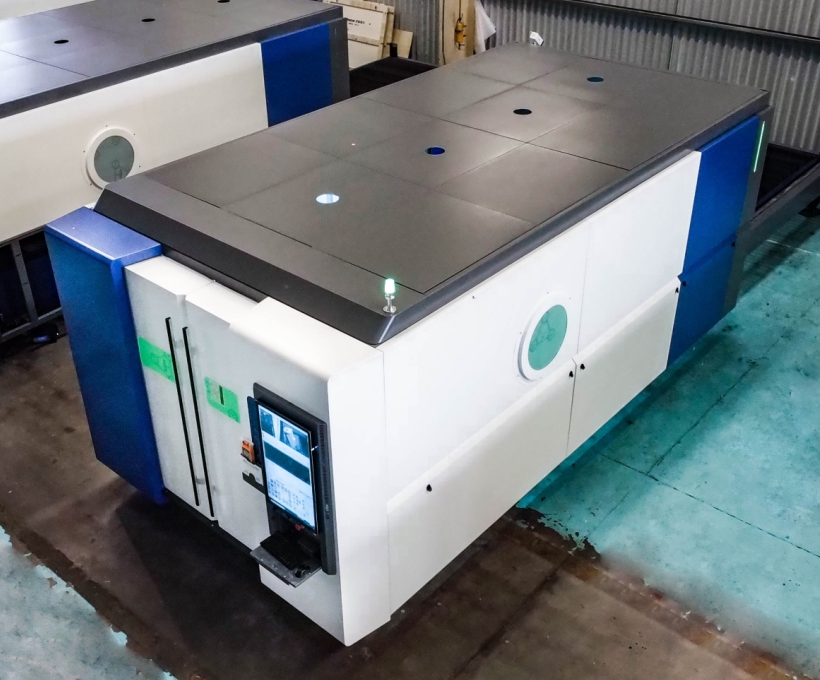In the realm of modern manufacturing, the precision and efficiency of production processes are paramount. Fiber laser cutting technology has emerged as a leading solution, offering a new level of accuracy and speed in the world of metal fabrication. This article takes a deep dive into the applications and advantages of fiber laser cutting, exploring why it has become an indispensable tool in various industries.
Understanding Fiber Laser Cutting
Fiber laser cutting utilizes an intense laser beam transmitted through optical fibers to cut materials. The technology is known for its high power, precision, and flexibility, making it suitable for a wide range of applications. The process involves directing the laser beam along the contours of the material, which vaporizes or melts the material, creating an exact cut.
Applications of Fiber Laser Cutting
The versatility of fiber laser cutting is evident in its broad range of applications:
- Automotive Sector: Fiber lasers are used to cut components such as car body panels, exhaust systems, and chassis with high precision, contributing to the production of lighter, more fuel-efficient vehicles.
- Aerospace Industry: In aerospace, fiber lasers cut complex shapes from aluminum, titanium, and other high-strength materials for aircraft and spacecraft components, ensuring the highest standards of safety and performance.
- Industrial Machinery: For heavy machinery, fiber lasers cut large and thick metal parts with ease, contributing to the construction of durable and reliable industrial equipment.
- Construction and Architecture: In construction, fiber lasers are used to cut metal components for buildings, such as steel beams and decorative metalwork, with high accuracy and efficiency.
- Consumer Electronics: The technology is crucial in the production of electronic devices, where precision cutting of metal casings and components is required.
- Medical Devices: Fiber lasers cut small, intricate parts for medical devices with the precision necessary for medical-grade components.
Advantages of Fiber Laser Cutting
The benefits of fiber laser cutting are numerous and have contributed to its widespread adoption:
- High Precision: Fiber lasers provide cuts with tight tolerances and smooth edges, reducing the need for secondary finishing processes.
- Speed: The speed of fiber laser cutting is significantly faster than traditional methods, which increases productivity and reduces lead times.
- Material Saving: The narrow focus of the laser beam results in less material waste, leading to cost savings and a more sustainable production process.
- Versatility: Fiber lasers can cut a variety of materials, including stainless steel, carbon steel, aluminum, and even copper, without the need for tool changes.
- Low Operating Costs: Fiber lasers require less maintenance than traditional cutting methods and have lower energy consumption, which reduces operational costs over time.
- Improved Safety: The process is less hazardous as it eliminates the need for cutting fluids and produces fewer fumes and dust.
- Automation and Integration: Fiber laser cutting systems can be easily integrated with automated material handling systems, further enhancing production efficiency.
Conclusion
Fiber laser cutting technology has revolutionized the way metals are fabricated, offering a precise, efficient, and cost-effective solution for a multitude of industries. As the technology continues to advance, its applications will only expand, driving innovation and excellence in manufacturing. For businesses looking to stay at the forefront of their industry, embracing fiber laser cutting is a strategic step towards achieving superior product quality and production efficiency.
